There is an inherent duality at the heart of ‘Utopia’. Meaning both ‘no place’ and ‘good place’, it is much more complex, and potentially contradictory, than the rather simplistic idea of paradise to which we so often reduce it. 2016 marks the 500th anniversary of one of the most famous utopian works, by Thomas More: the first to give a name to the idea that by imagining a better world we might then be able to make it. This moment has provided the inspiration for ‘a year of imagination and possibility’ at one of the capital’s most diverse artistic sites: Somerset House.
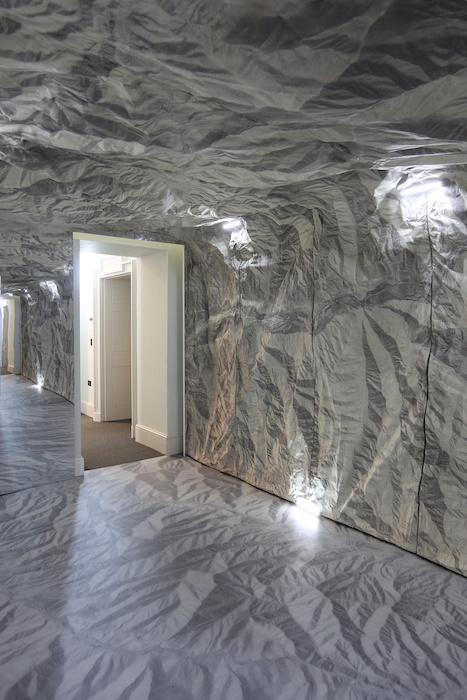
Installation view, ‘Paths to Utopia’, King’s College London. Photo: Bruce Atherton
There is much about this programme that the arts and creative communities would consider utopian. It is intensely collaborative, bringing together the Courtauld Institute and Gallery, King’s College London and Somerset House for, rather surprisingly, the very first time. It is a programme that stretches across the whole of 2016, split into four ‘seasons’ with each bringing their own flavour; and it is pulling together all of the arts activities that happen in the Somerset House complex, partly to promote the multifaceted creativity that takes place there.
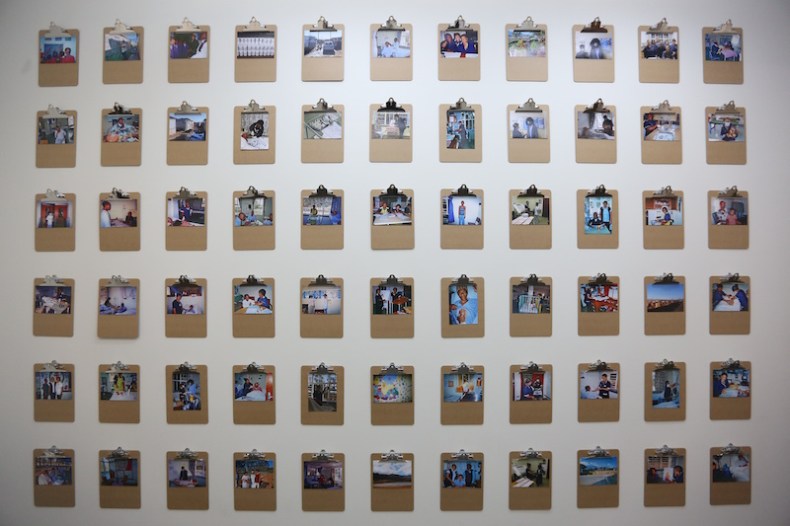
Utopian lab, ‘Paths to Utopia’, King’s College London. Photo: Bruce Atherton
It also seems that Thomas More was particularly prescient when publishing Utopia five centuries ago. 2016 has proved a year of change and upheaval across the world, perhaps proving all the more starkly that there are many possible utopias. King’s College London’s exhibition as part of the 2016 season is entitled ‘Paths to Utopia’, and seeks to examine the concept as a journey, powered by ideas and the will to make things better. Creative director Andy Franzkowiak tells me that the aim was to look for the aspects of a utopia that we might make more real and practical, more obviously relevant to today’s visitors: healthcare, education, community, identity, the environment.
Strikingly this has been approached through a series of collaborations between King’s academics and artists, each seeking to create a joint product that is more than simply visualising or giving impact to research. A mesmerising three-screen film considers the very different approaches that Londoners took to a beached whale in the Thames in 1658 and 2006. Two pieces consider cancer care, from the perspective of patients and nurses: what becomes the core of utopia for those living with cancer? The Night School on Anarres project provides a space to consider how language and learning might take place on another utopian world (taking its lead from Ursula K. Le Guin’s Hainish Cycle of novels).
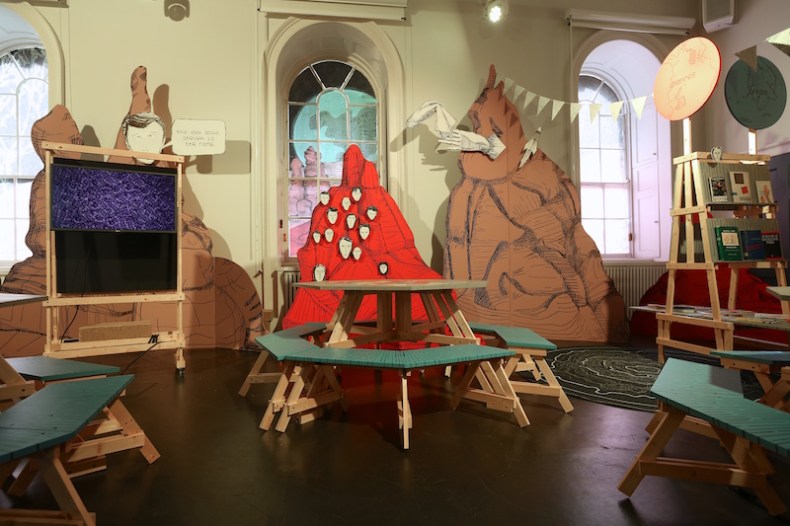
Night school on Anarres Imaginings of an anarchist Utopia, ‘Paths to Utopia’, King’s College London. Photo: Bruce Atherton
A ‘Utopian Lab’ down the centre of the exhibition will change every three weeks, while some collaborations have resulted in a series of performances. On 27 August, a ‘scratch choir’ will unite from all over Britain to sing collectively for the first time. It aims to bring together the busy urban populations of the UK in a representative moment of harmony at Somerset House: the original institutional centre where national population data was recorded.
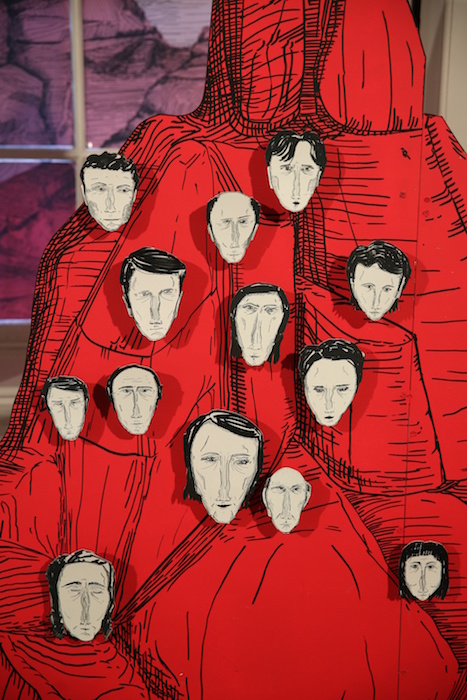
Night school on Anarres Imaginings of an anarchist Utopia, ‘Paths to Utopia’, King’s College London. Photo: Bruce Atherton
It is impossible to escape the subject of Brexit in conversations this summer, but the subject seems particularly apt for these utopian paths of collaboration and imagination. Franzkowiak and I discuss how it is hard to separate dystopia from utopia, however optimistic a purpose you might have in mind, or indeed to draw a clear line between the two. A digital piece, My Utopia, at the end of the show asks visitors to plot their utopia on a map compared to others by deciding the importance of various elements to their personal utopia, from monogamy, to home ownership, to wilderness. It makes you realise how very different two utopian visions might be.

In our hands, ‘Paths to Utopia’, King’s College London. Photo: Bruce Atherton
‘Utopia 2016’ is a broad and complex theme that might seem a simple catchall, but could certainly take a year to begin to unpack. In such a year of change it asks us all to question and, most importantly, debate what we consider fundamental to modern, communal life. With ‘Paths to Utopia’ opening at the moment of Brexit, I am left wondering what conclusions and further questions will have been raised by the end of the year.
‘Paths to Utopia’ is at King’s College Cultural Institute (East Wing of Somerset House) until 30 September. It is part of UTOPIA 2016: A Year of Imagination and Possibility’, which runs at Somerset House, London, until the end of 2016.
Unlimited access from just $16 every 3 months
Subscribe to get unlimited and exclusive access to the top art stories, interviews and exhibition reviews.


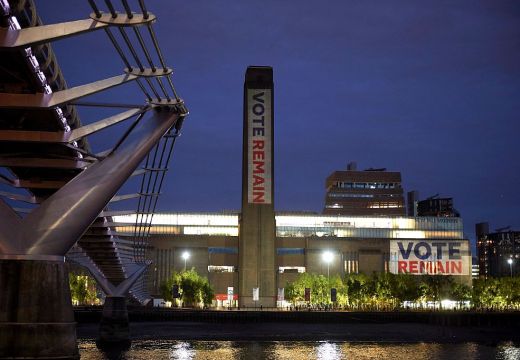
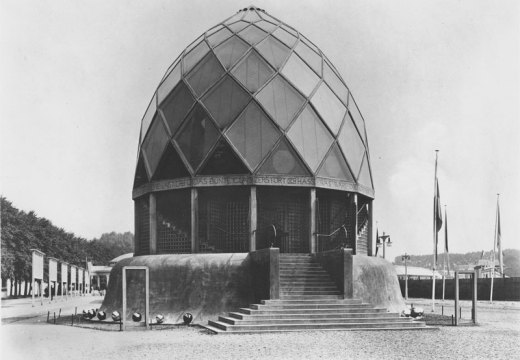










![Masterpiece [Re]discovery 2022. Photo: Ben Fisher Photography, courtesy of Masterpiece London](http://www.apollo-magazine.com/wp-content/uploads/2022/07/MPL2022_4263.jpg)
It’s time for the government of London to return to its rightful home